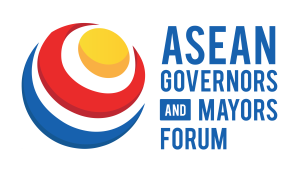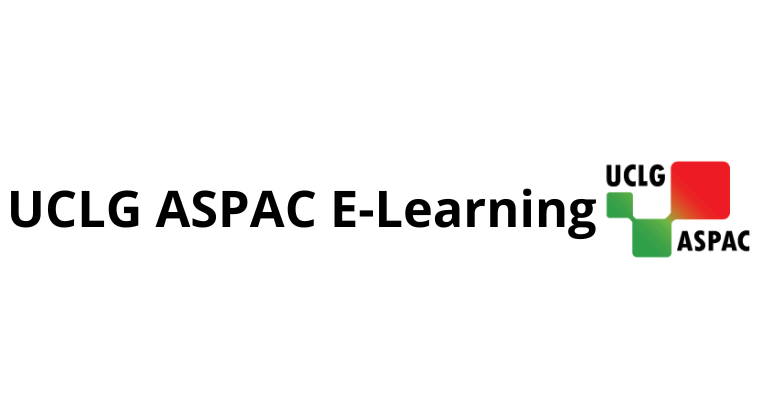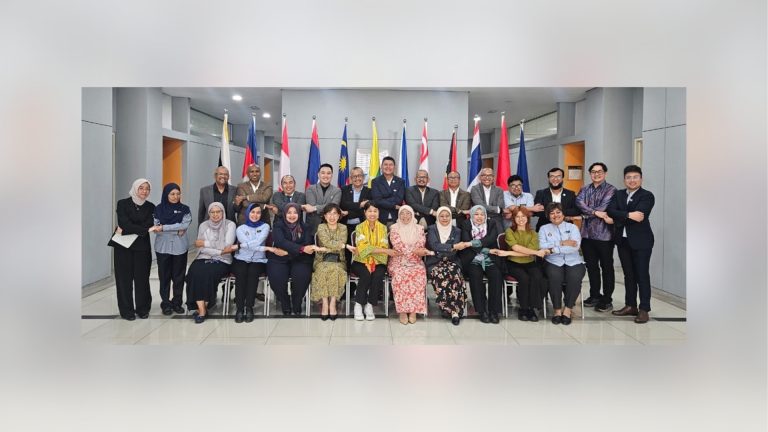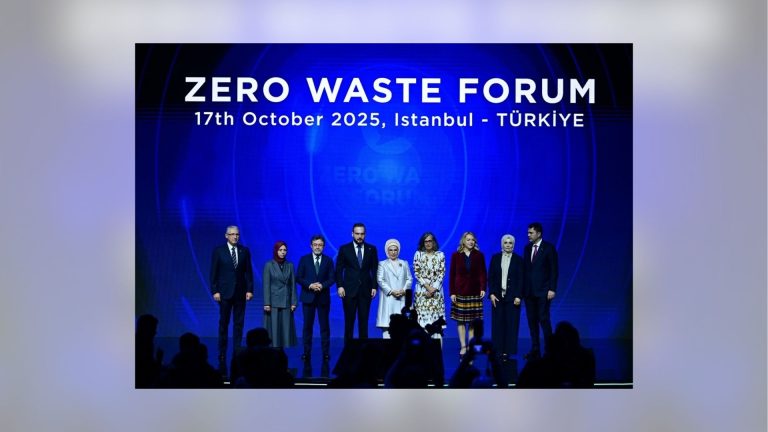Towards Sustainable Mobility in the Future: Jakarta’s Case Study
Dr. Ir. Nasruddin Djoko Surjono, M.Si, MBA (Head of Planning and Development Agency, Provincial Government of Jakarta)
A city’s future is unpredictable. With rapid urbanisation, the city’s transportation future must be planned accordingly and sustainably. In order for the transportation system to thrive in the future, sustainable mobility to thrive in the future, a city must include sustainable mobility in its agenda. The second speaker brought Jakarta as the case study titled “Towards Sustainable Mobility in the Future” by Dr Ir. Nasruddin Djoko Surjono, M.Si, MBA (Head of Planning and Development Agency, Provincial Government of Jakarta). For starters, Dr Surjono briefly explained Jakarta’s current state of planning, where majority of the urban area and its residents highly depend on the provision of public services. This, however, could be improved, as stated by Dr. Ir. Nasruddin.
We must also remind ourselves that Jakarta is a megacity, with home to nearly 11 million people, with an additional of a few million commuting to the downtown area on a daily basis because the city is surrounded by satellite cities. As a result, traffic jam occurs, resulting in economic losses, as well as bad environmental consequences such as poor air quality. Therefore, Jakarta attempts to shift its development paradigm from car-oriented, to transit-oriented development in three ways.
First, the city tries to minimise the use of motorised vehicles by integrating various public transport modes. Secondly, an odd-even plate policy for private vehicles is being applied alongside efforts in transitioning fossil-fuel based bus vehicles of the Bus Rapid Transit (BRT) to adopting electric vehicles instead. Third, is promoting the values of active mobility by developing and revitalising dedicated bike lanes and pedestrian ways.
Therefore, it can be seen that Jakarta advocates for the integration of public transport modes in order to achieve sustainable mobility. Transjakarta, a public service bus system, has 13 and 255 routes, serving 82% of the Jakarta population. TransJakarta has been integrating its services with the MRT, LRT and the commuter line (KAI) via the JakLingko System since 2018. The JakLingko system has supported the universal ticketing for paratransit service, allowing users to attain more seamless transport integration between these four public transport modes. This strongly indicates that local governments and institutions have the critical ability and role in integrating a few transport operators to harmonise services in order to improve the quality of public transportation.
Facilities for cyclists and pedestrians in Jakarta is also improving. This is accomplished through the expansion of sidewalks and improving the quality of pedestrian crossings. In 2019, the city improved 87 km of sidewalks, with some portions located near the Transjakarta stations, to improve accessibility for it users.
In terms of the bike-sharing system, Jakarta launched the dockless bike-sharing system in 2020, with 487 cycles and 63 parking locations throughout central Jakarta. All of these facilities are expanding and improving in order to advance the active mobility agenda in people’s daily activitiesto push the active mobility agenda for people’s daily activities. Enabling cities and urban centres to improve the quality of life for their citizens is also part of the UCLG ASPAC’s mission and vision, visit here to learn more.
However, planning and development in a city is better when it is future-oriented. Dr Surjono explains a few future plans to better achieve the sustainable mobility agenda in Jakarta. First, as pollution caused by private vehicles becomes Jakarta’s main issue, Jakarta has developed plans to deploy bus electrification. Second, to improve the quality of the public transport experience, further integration plans for all transport modes will continue to expand. Third, the supportive policies as a push, such as the application of electronic road pricing, higher parking fees in specific locations, and the adoption of the Low-Emission Zone (LEZ) in Kota Tua. Dr. Surjono, as the head of the planning agency of the Jakarta provincial area, is aware of these various transportation and mobility aspects of Jakarta and will continue to push implementation of sustainable public transport in Jakarta. Therefore, local government and institutions in Jakarta need to understand mobility practices to deliver the best-targeted efforts to achieve sustainable transportation for the future of Jakarta.
Holistic City Planning towards Sustainable Mobility
Dr. Phil. Hendricus Andy Simarmata, ST, M.Si (President of Indonesian Association of Planners (IAP)
In regards to sustainable mobility, contextual[CD1] understanding of a city is crucial. Next speaker in the sustainable mobility training for local governments is Dr. Phil. Hendricus Andy Simarmata, ST, M.Si (President of Indonesian Association of Planners (IAP) whom delivered his insights on holistic urban planning with the title “Planning for Sustainable Mobility: Key Issues and Challenges”. He stated that for the issue of urban mobility, it is essential that local governments and stakeholders understand a city’s current needs in transportation, as well as its challenges, since urban areas are continuing to grow.
Dr. Simarmata talked about how Jakarta, for example, had massive extensive growth as this city expanded to three different directions (the West, South, and East of Jakarta) and created the metropolitan areas called ‘Jabodetabek’. He emphasised caused issues such as massive traffic volume in and out of Jakarta, which could only be solved by providing quality public transportation modes. In other words, Jakarta’s transportation initiatives must be extended beyond the city’s administrative boundaries. The only way to ensure these specific matters is for local governments to improve coordination and collaboration in these areas.
Still in the mobility aspect, Dr. Simarmata, in his presentation, explained how township or large-scale housing development in peri-urban areas should be linked to the public transportation system. This means that the government and developers need to focus on connecting between settlements or settlements to Central Business District (CBD) to make residents have greater accessibility to public transportation. He also explained that the expansion of an urban structure is essential to be predicted to minimise the infrastructure inefficiency in the city. A city must encourage active transportation by putting active transportation as a priority instead of private vehicles.
In this meaningful session, Dr. Simarmata conveyed more insightful points regarding the new directions for transportation infrastructures. First, transportation needs to be built to enable social interaction and are accessible for all. Second, the initial design of roads should be for people and not cars, called for an all people-oriented development. Third, infrastructures need to be built under climate-proofing and resilient aspects, designed to be adaptive to nature. Fourth, incorporating modernisation as an identity and symbol prepare the future with well-designed infrastructures. These directions of transportation infrastructure explained by Dr. Simarmata will give broader insights into the foreseeable future of achieving sustainable mobility. This is a sign for local governments to improve their understanding of transportation issues and their ability to generate and innovate in order to build better cities for the future.
By KM Team











